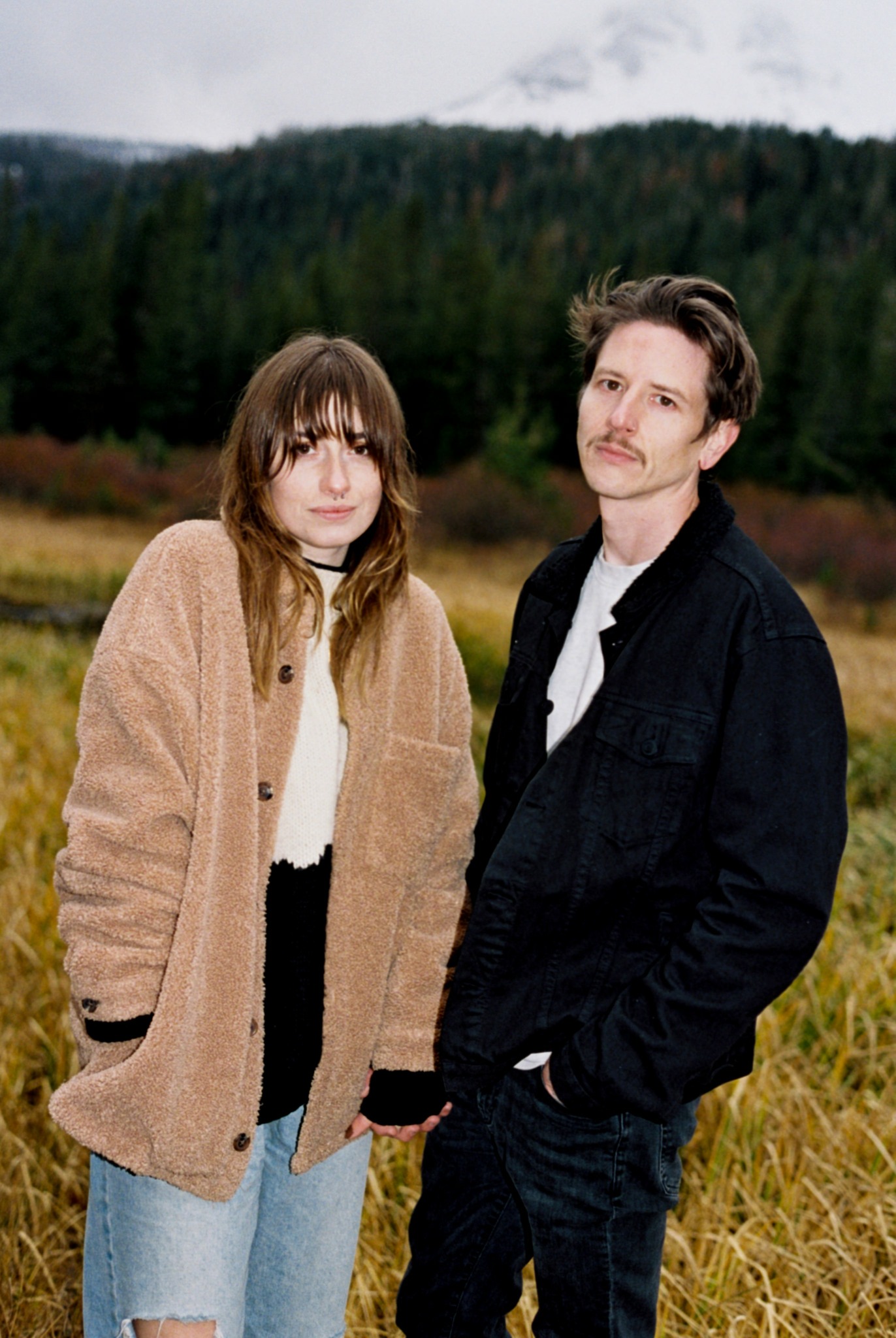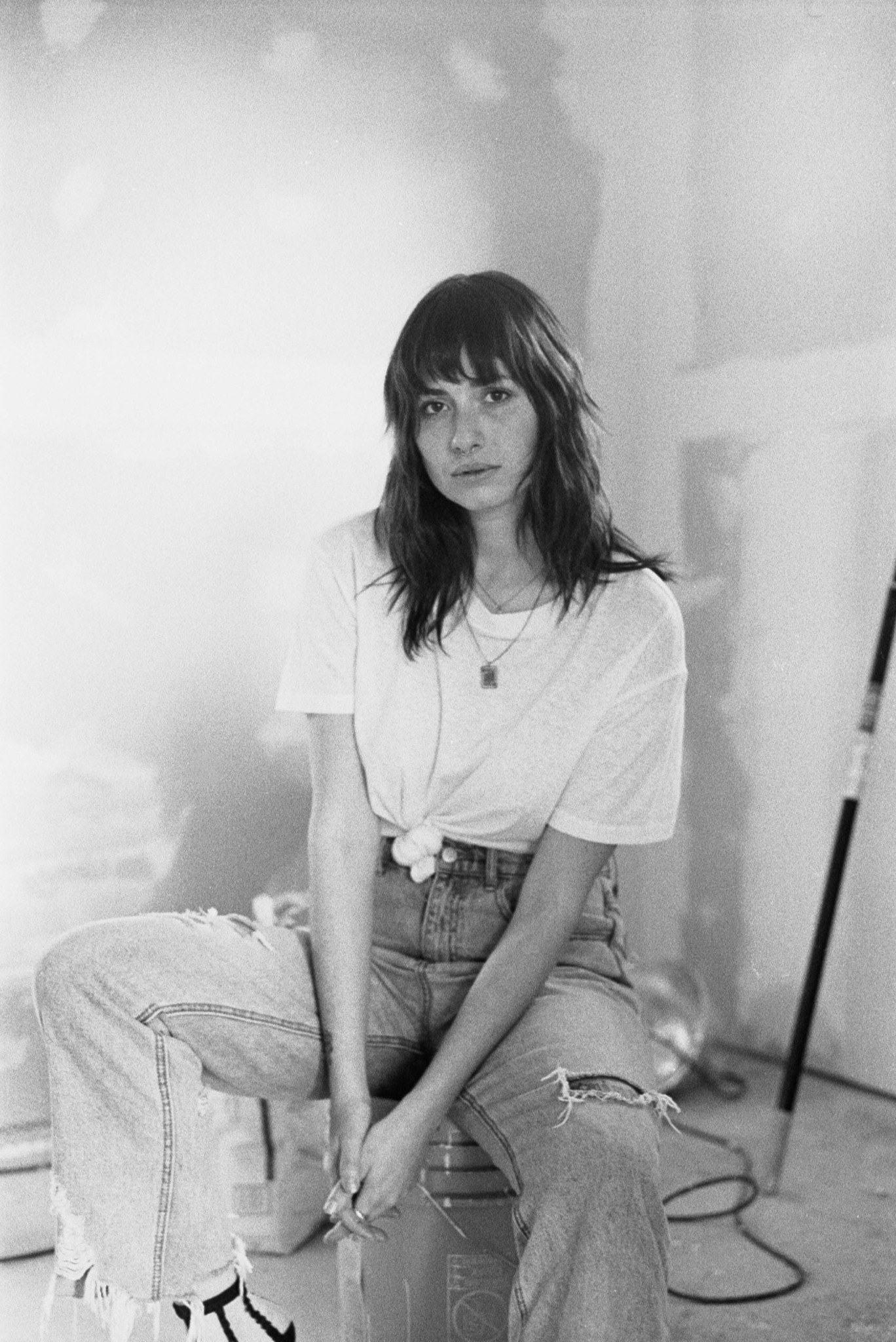We were lucky to catch up with Emily Regal recently and have shared our conversation below.
Emily , looking forward to hearing all of your stories today. So, folks often look at a successful business and think it became a success overnight – but that often obscures all the nitty, gritty details of everything that went into the growth phase of your business. We’d love to hear about your scaling story and how you scaled up?
I started freelancing almost a decade ago, which is wild to say as I wrap up my 20s. But truthfully, I didn’t launch into it with bold ambition or a master plan. I stumbled into it, mostly because I couldn’t seem to keep a job.
At 19, undiagnosed with ADHD, I struggled to function in traditional work environments. I didn’t thrive under rigid leadership or clock-in culture. What I could do was grow Instagram accounts, take photos, write for online magazines, and make things look and feel beautiful, back before Stories existed and food blogs replaced cookbooks.
In 2021, I hit pause on freelance life to join an in-house team. It was the same work, just under someone else’s payroll. But it wasn’t until 2023, after a layoff, ten brutal months of job hunting, applying to well over 150 positions, and surviving on food stamps with maxed-out credit cards, that I hit my real turning point.
Eventually, I took a $15/hr front desk job just to make some type of ends meet. And I think it drove me just crazy enough to go a little further.
I cold pitched over 50 businesses in five days. One said yes. Then another. Then I lost one. Then gained two. Then lost them all. Then found more.
That’s what no one really tells you: freelance clients are not forever. They’re temporary collaborators with a problem you get to help solve. That shift in mindset changed everything.
Once I started seeing clients as temporary teammates, not saviors, I stopped putting all my energy into keeping one opportunity afloat. I started building a pipeline, a network, and a community beyond each contract.
But I still gave each one everything I had. Because the next client only comes through the door if I’ve done meaningful, intentional work with the one I’m serving now.
My current clients aren’t just a means to an end. They’re teachers. They shape how I price, where I grow, what I value, and how I lead. Some remind me of my strengths. Others expose the parts I still need to work on. And all of them leave me better than they found me.
TL;DR??
+ Mindset is everything.
+ Build genuine relationships outside your current client work.
+ Show up with intention within your current client work.
+ Share what you’re learning. Be honest online. Post on LinkedIn, A LOT.
+ People are watching, even the quiet lurkers. And just because they don’t engage, doesn’t me they’re not obsessed.

Great, appreciate you sharing that with us. Before we ask you to share more of your insights, can you take a moment to introduce yourself and how you got to where you are today to our readers.
My name’s Emily, I’m a creative strategist, brand storyteller, and social media lead working primarily with startups, indie brands, and founders who care deeply about what they’re building. I’ve worn a lot of hats over the years: writer, content creator, photographer, community builder, digital marketing lead. These days, I blend all those skills into one grounded, intuitive approach to brand and creative strategy strategy—helping people clarify their voice, tell better stories, and build loyal communities around what they do.
I dropped out of highschool at 15, and ironically got my GED at 21, just so I could try to get my BA in acting. Also dropped out of that. So everything I’ve learned is self taught and trial and error.
I’ve had the honor to work with creatives and leads from Conde Nast, Nickelodean, Vanity Fair, Buzzfeed, MSNBC, and friends from companies like The Adventure Challenge, Alice, and Maude.
I’ve worked anywhere from online products, to services, to politics, to media; and man oh man has it taught me a lot.
As a creator, I’m also a musician and writer, working on a project called St. Em (some good ol’ alternative pop fun). I even moreso love to perform, play live, and record; which is something I lost for a little bit in the hustle and bustle in my work. But as I’ve held work loosely and with the right boundaries, personal creativity has come out to play.
What sets me apart is the way I hold space for my clients, their vision, and the way that they work. My work isn’t just about metrics or deliverables (though I can deliver those too). It’s about helping people create from a place of clarity, resonance, and alignment. Whether you’re launching a new product or rethinking your brand voice, I help you cut through the noise and create something that actually feels like you.
I’m most proud of the relationships I’ve built. Many of my clients went from CEO boss to close collaborators and friends. I’ve worked with folks through layoff recoveries, product launches, full rebrands, viral growth, burnout, and breakthrough. I meet people where they are and build from there.
If there’s one thing I’d want people to know about me and my work, it’s I believe creative work should feel good. That doesn’t mean it’s always easy. But it can feel aligned. It can be sustainable. And it’s always more impactful when it’s honest.
For you, what’s the most rewarding aspect of being a creative?
I think every act of creation is in essence, an act of bravery (to some degree). We’re blurring worlds and states of being in hopes to be seen or to see and understand something that’s fuzzy and unknown.
To me, the most rewarding aspects of being an artist is taking entire liberty and keeping it close to my chest when it comes to what I believe art to be; in my own expression, voice, words. In the way I experience and live through the world.
And then I shape it, refine it, f*ck it up, try again, release it (or keep it for myself) and start again.
The reward is that I went somewhere deeper than the convenient or mundane and met a new version of myself.
Any advice for managing a team?
I’ve managed a lot of teams in my career. I’ve made a lot of mistakes, too.
It wasn’t until one of my former bosses, a former producer Condé Nast, gave me a piece of advice I still carry with me:
Be. The. Boss.
I’ve managed a lot of teams in my career. I’ve made a lot of mistakes, of course.
It wasn’t until my boss (a former producer at Condé Nast) gave me some advice of my own, and it was to be. the. boss.
You see, I err on the “timid” side when nervous. Or more of a “buddy” to my team, in hopes that will make morale higher and more connected.
This previous boss of mine taught by example. She exemplified safety, curiosity, honesty, all while being professional and human. Something I’d never seen a woman in any workplace master.
Granted, she’d been in the industry that movies and shows are based off of.
What this looked like over time:
Regular check-ins that were focused on work, but made sure to ask about their weekend (without asking about their life).
Offering support in a task (without overstepping or taking the reins).
Being honest about feedback for the sake of growth, and grounding it in, “I see x, y, and z qualities, so let’s refine these parts here.”
The more kind honesty there was, and the less frenzied kindness, the more regulated these spaces became.
The more I felt comfortable not filling the space with talking, or ending every email with a thousand exclamation points, the more the shoulders relaxed, and we could get to work.
Which is why we’re all here to begin with.
Contact Info:
- Website: https://hiemilyregal.my.canva.site/
- Instagram: https://www.instagram.com/emregal/?hl=en
- Linkedin: https://www.linkedin.com/in/helloemilyregal/


